Astronomers are buzzing over a new discovery involving the interstellar comet 3I/ATLAS, an object that has entered our Solar System from beyond the stars. Observations have revealed a bizarre and unexpected chemical composition that challenges long-standing theories about how comets form and behave.
A Cosmic Visitor with a Metallic Secret
Unlike typical comets that originate within our Solar System, 3I/ATLAS comes from a distant star system. Scientists recently detected unusually high levels of nickel gas in its coma — the glowing envelope that surrounds a comet as it approaches the Sun. Surprisingly, they found almost no trace of iron, even though both metals are normally released together when comets heat up.
This imbalance between nickel and iron has left researchers puzzled. The discovery suggests that the comet’s surface may contain volatile nickel compounds that vaporize more easily than expected, or that it formed under entirely different conditions in its home system.
Record Carbon Dioxide Levels
In addition to the strange metal readings, 3I/ATLAS has shown an extraordinarily high carbon dioxide-to-water ratio, far exceeding that of any known comet from our Solar System. This indicates that the interstellar traveler was likely born in a much colder environment — perhaps in the outer reaches of its original star system, where carbon compounds freeze more readily.
Redefining What We Know About Comets
Scientists believe these findings could force a major rethink of comet chemistry. Traditional comet models assume that metal elements like nickel and iron behave in predictable ways when exposed to sunlight. The behavior of 3I/ATLAS, however, breaks that pattern completely.
The discovery also highlights how interstellar visitors provide rare insight into the composition of planetary systems beyond our own. Each such object carries a chemical fingerprint of its birthplace, offering scientists a snapshot of the diversity of matter that exists across the galaxy.
Looking Ahead
Astronomers are continuing to track 3I/ATLAS as it moves through the Solar System. Future observations will focus on determining whether the nickel emissions change over time and whether the comet’s nucleus shows other unexpected elements.
A Reminder from the Stars
3I/ATLAS serves as a cosmic reminder that the universe is full of surprises. Just when scientists thought they understood how comets behave, this mysterious wanderer has upended expectations — revealing that even the smallest icy travelers can hold secrets from other worlds.

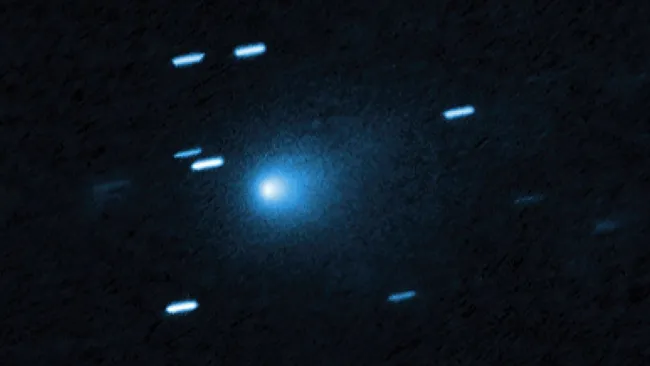
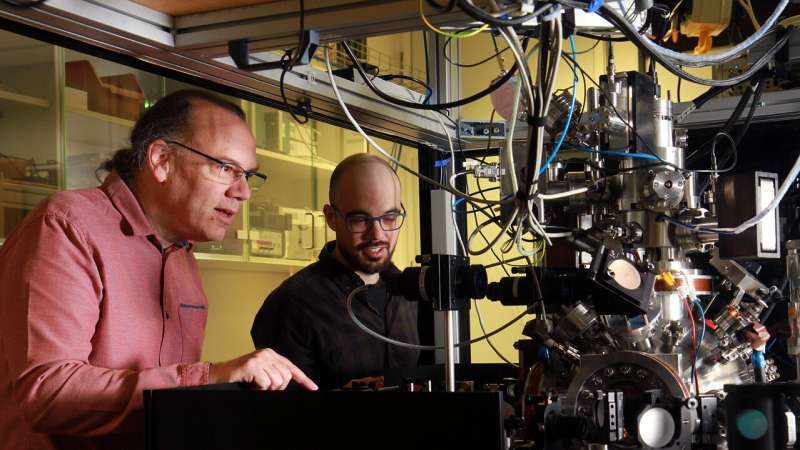
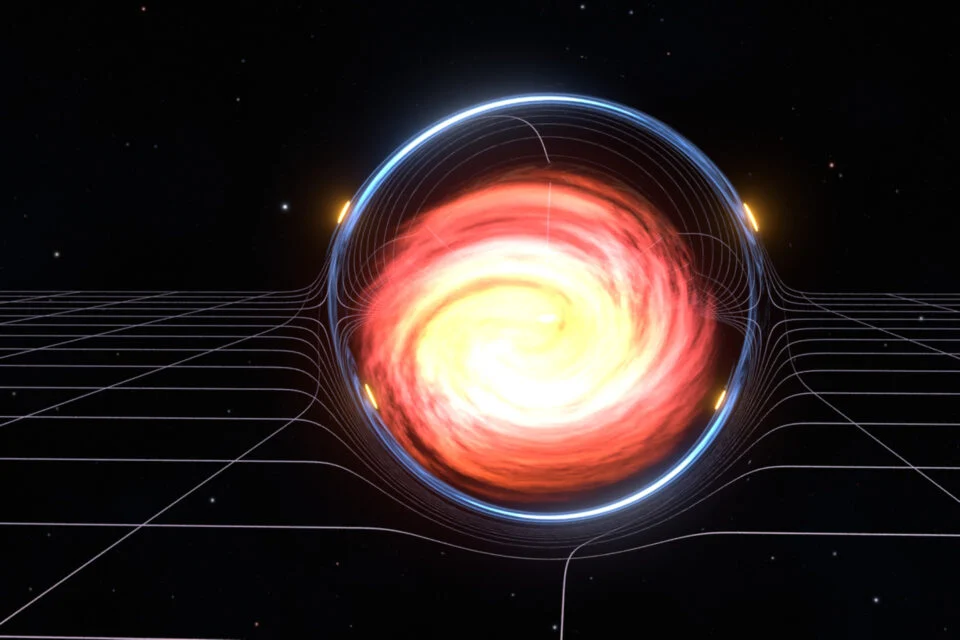

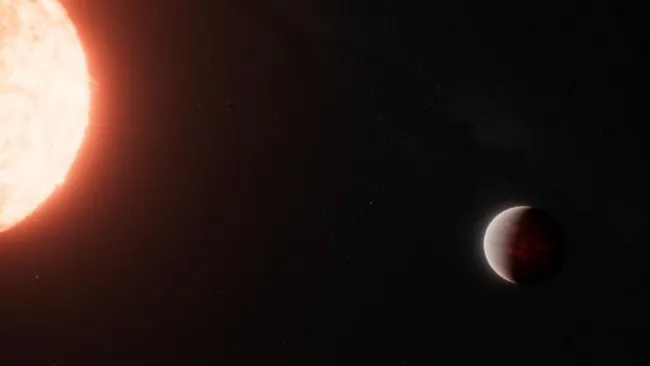

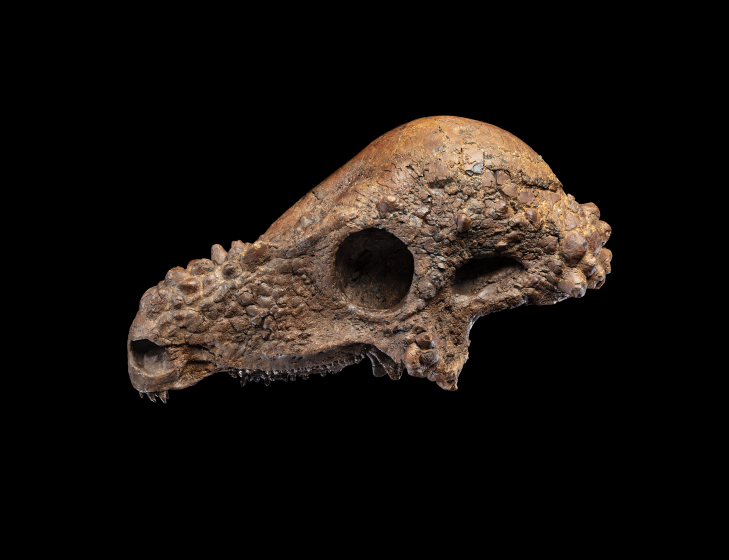
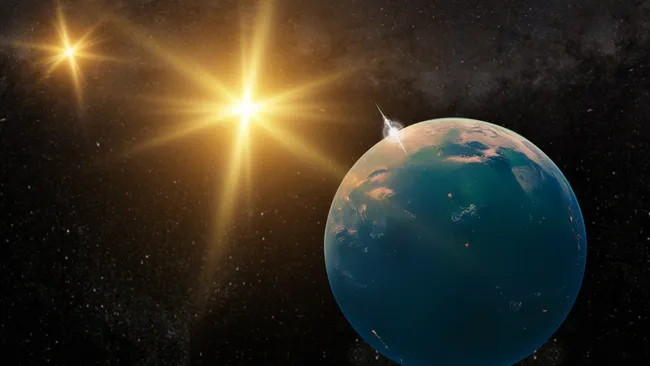
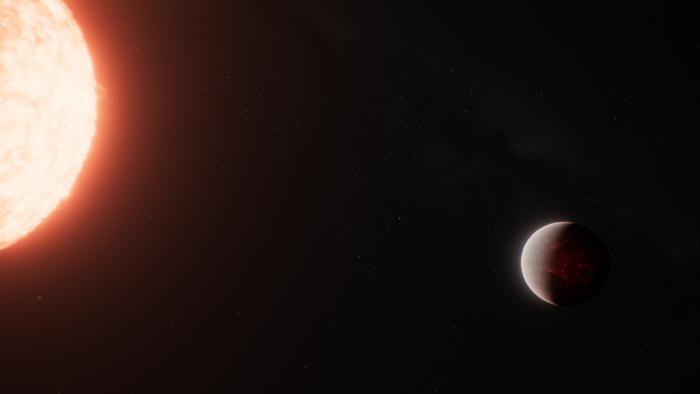

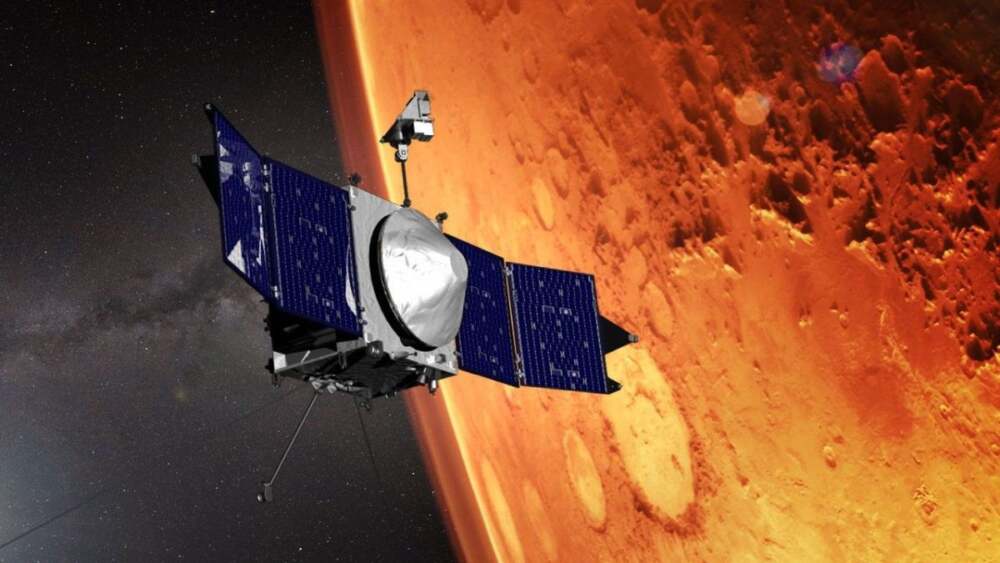

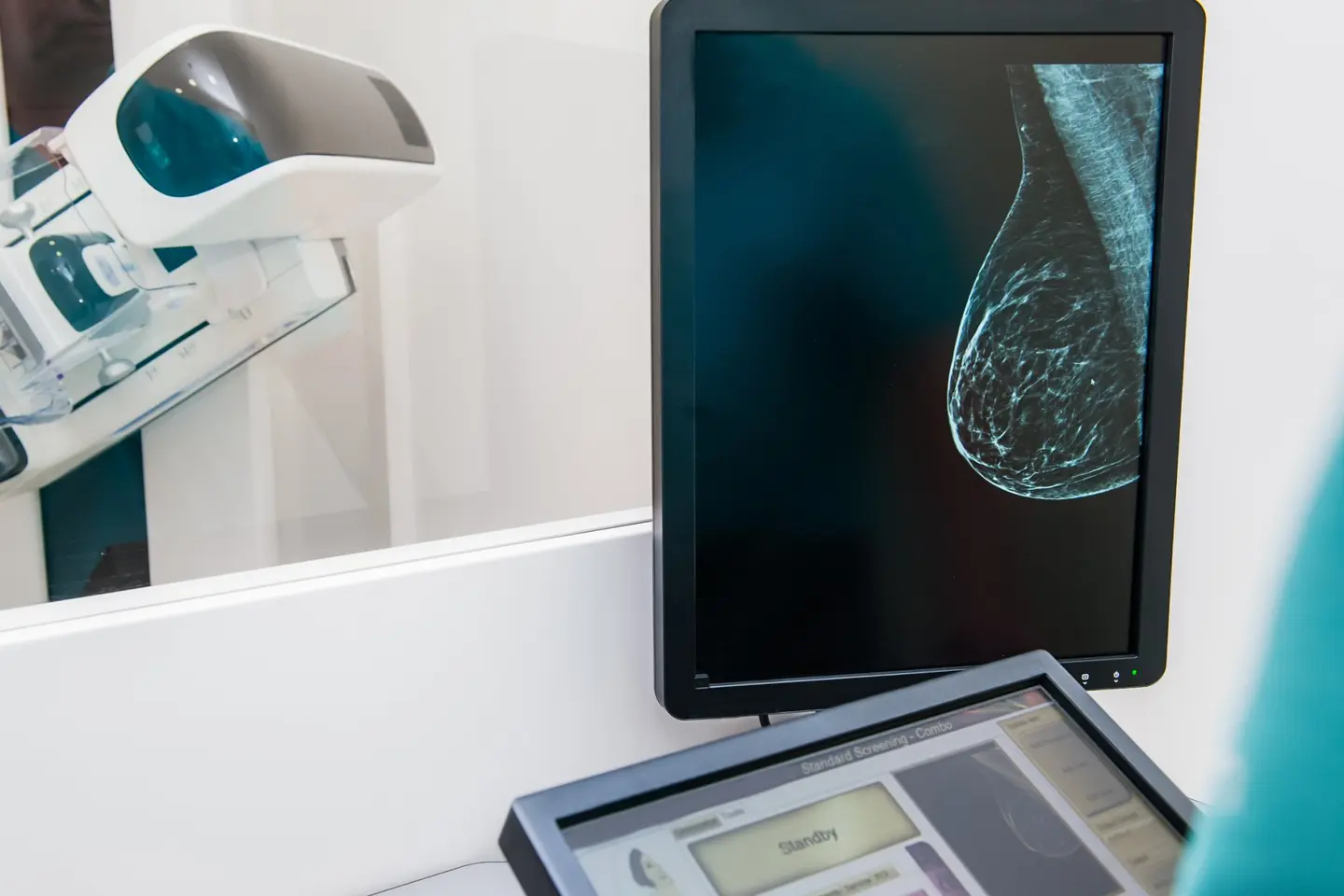


Leave a Reply